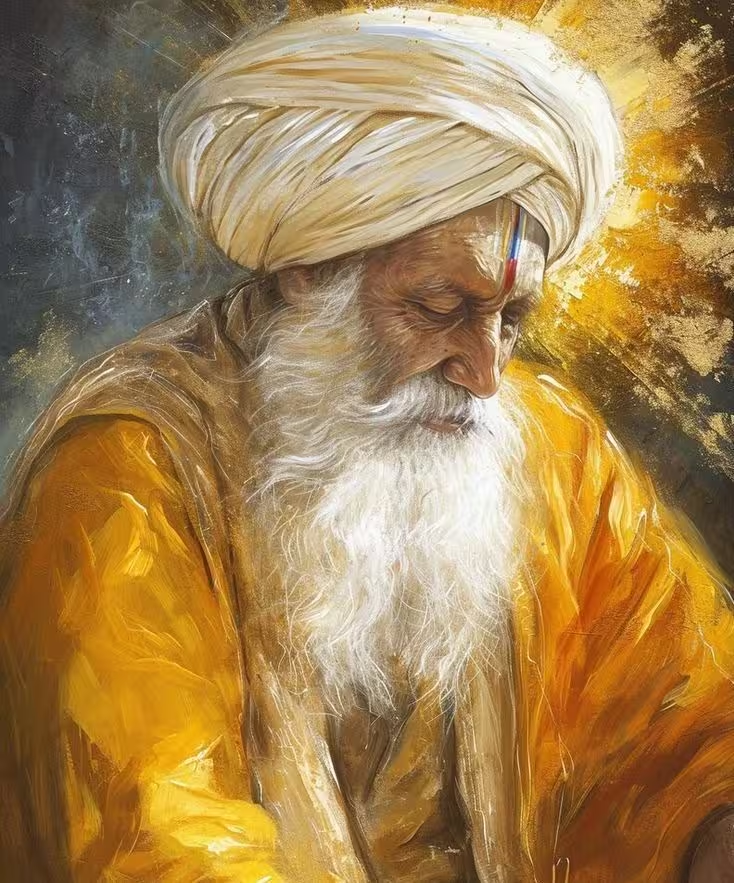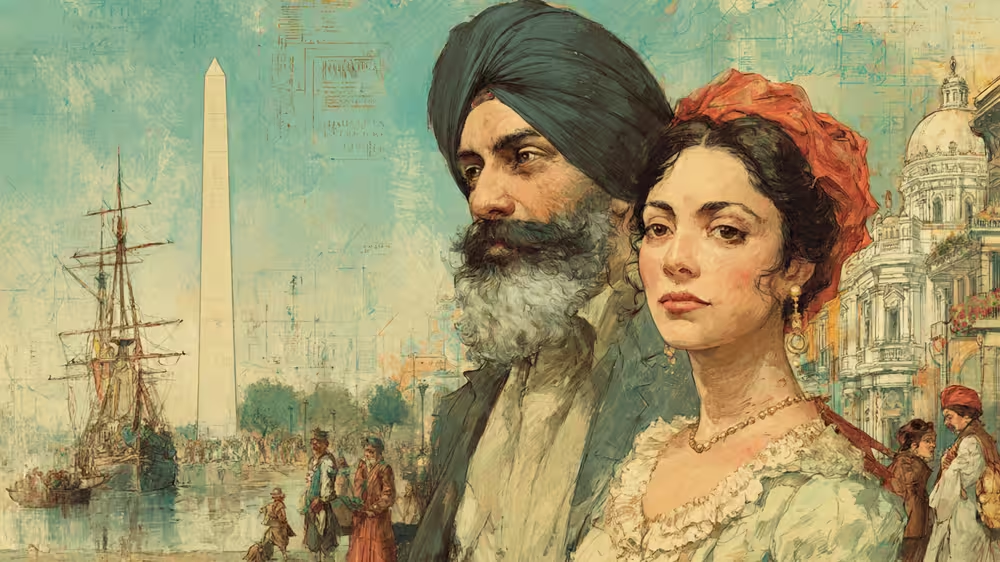Sikhs in Africa: A Historical and Cultural Overview
🧭 Introduction
Sikh migration to Africa began during British colonial rule in the late 19th and early 20th centuries. Many Sikhs arrived as soldiers, railway workers, and civil engineers, particularly in East African nations like Kenya, Uganda, and Tanzania. Over time, they established businesses, schools, and places of worship, contributing significantly to local economies and multicultural society. Despite facing political challenges in some regions, such as the expulsion of Asians from Uganda in 1972, Sikh communities have remained resilient and active across the continent.
Timeline of Sikh Migration to Africa
Late 1800s: Sikh soldiers and laborers brought by the British to East Africa during railway construction.
1900s–1930s: Growing settlement in urban areas; establishment of Gurdwaras and businesses.
1940s–1960s: Rise in professional migration; Sikhs become influential in trade, healthcare, and education.
1972: Expulsion of Asians from Uganda under Idi Amin—many Sikhs migrate to the UK, Canada, or return to India.
1980s–Present: Re-establishment and growth of Sikh communities, especially in Kenya, South Africa, and Tanzania.
Guru Nanak (born April 15?, 1469, Rai Bhoi di Talvandi [now Nankana Sahib, Pakistan], near Lahore, India—died 1539?, Kartarpur, Punjab, India [now in Pakistan]) was an Indian spiritual teacher who is revered as the founder and the first Guru of Sikhism, a monotheistic religion that combines Hindu and Muslim influences.
His teachings, expressed through devotional hymns commonly known as shabads, many of which still survive, stress liberation (mukti) from rebirth through meditation (simran) and chanting of the divine name. He is credited with the creation of the Mool Mantar (“root mantra”), which is an important component of Sikhism. It is the opening text of the Adi Granth, also known as Sri Guru Granth Sahib, which contains the compositions and banis (sayings) of all 10 Sikh Gurus.
🎨 Cultural Contributions of Sikhs in Africa
Contributions:
Establishment of schools, clinics, and charitable trusts.
Community kitchens (Langar) open to all.
Involvement in infrastructure, trading, and transport industries.
Cultural events like Vaisakhi foster interfaith and multicultural dialogue.
🎨 Cultural challenges to Sikhs in Africa
Challenges:
Political instability in some regions has led to migration or limited visibility.
Misunderstandings about Sikh identity (e.g., turbans and uncut hair).
Small, aging populations in some areas threaten community continuity.
- Religious restruction for their youth, potential discrimination in healthcare and employment.
-
Sikhs in Tanzania 🧭 Introduction Tanzania (6000 Km from India ), nestled in East Africa, boasts a stunning landscape that includes Mount Kilimanjaro, the vast Serengeti plains, and the coastal
-
Sikhs in Uganda 🧭 Introduction Uganda ( 5,700 Km from India) is a landlocked country in East Africa, bordered by Kenya, South Sudan, the Democratic Republic of the Congo, Rwanda,
-
Sikhs in Kenya: Preserving Faith, Embracing Change About Kenya: A Land of Diversity and Opportunity Kenya,5016 Km from India, located in East Africa, is renowned for its stunning landscapes, vibrant















